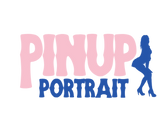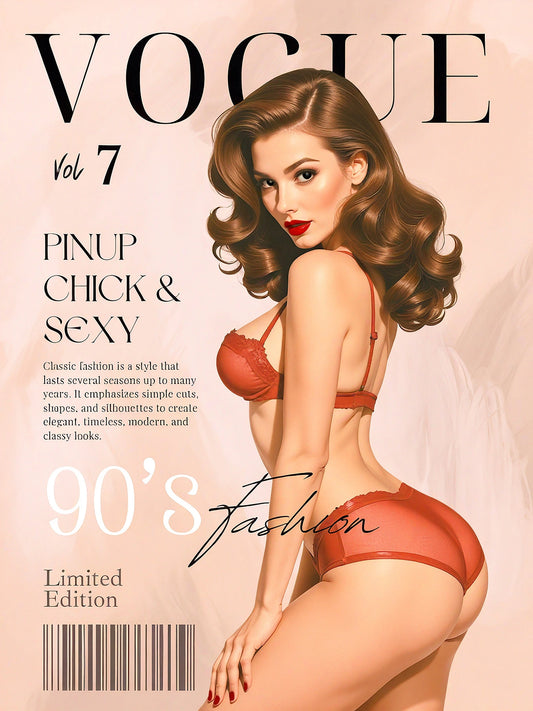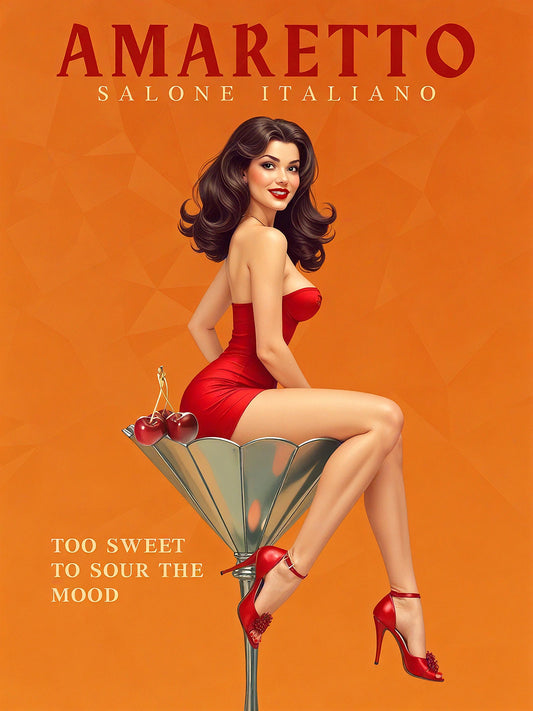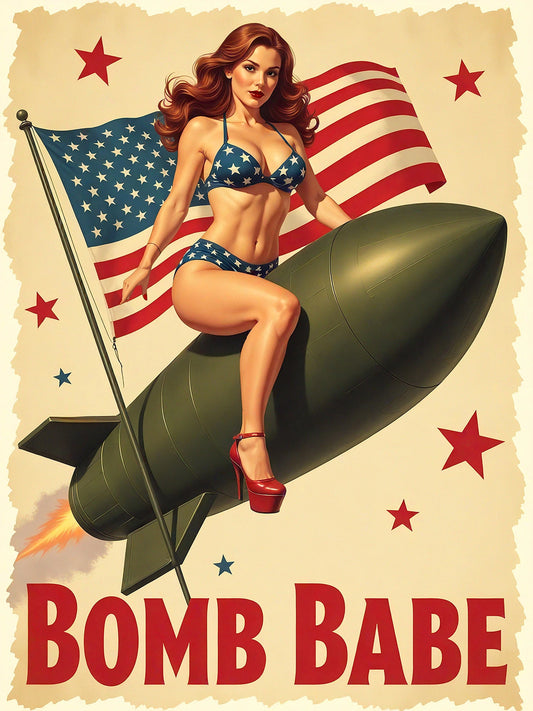Introduction
Pinup culture spans both realism and imagination—blending the real-world glamour of pin up photography with the whimsical elegance of pinup art. While both styles share similar themes—confidence, curves, and charm—they express them through different mediums. At Pinup Portrait, we bring both worlds together to create custom digital portraits that honor the past while celebrating the present.
What Is Pin Up Photography?
Pin up photography captures real models in classic poses, often styled with pin up dresses, vintage makeup, and iconic pin up hair. This style became popular in the 1940s and 50s, featuring stars like Bettie Page and Marilyn Monroe in playful, sultry, or empowering settings.
Photoshoots often included:
-
Carefully posed scenes
-
Period-accurate clothing
-
Retro backdrops and props
-
Professional lighting to highlight features
Today, pin up photography remains a popular theme for boudoir shoots, themed weddings, and fashion campaigns—blending nostalgia with modern femininity.
What Is Pinup Art?
Pinup art, on the other hand, often involves illustration, painting, or digital artwork. Artists like Gil Elvgren and Alberto Vargas created airbrushed, idealized versions of women that were printed on pin up posters, calendars, and magazines.
These artworks exaggerated features like:
-
Flawless curves and skin
-
Dramatic pin up posing
-
Soft lighting effects
-
Imaginative scenarios—from beach scenes to mechanical mishaps
Pinup art also inspires tattooed pin up girl tattoos and retro pin/up designs found in digital art, prints, and collectibles.
Key Differences
| Feature | Pin Up Photography | Pinup Art |
|---|---|---|
| Medium | Real-life photos | Illustrated or painted |
| Realism | Captures actual people | Often idealized or stylized |
| Style | Based on vintage fashion | Can be imaginative or exaggerated |
| Use | Boudoir shoots, modeling | Posters, calendars, tattoos |
Both styles influence one another. Many pin up girl tattoos, for example, are inspired by photographic poses and artistic illustrations alike.
How We Combine Both at Pinup Portrait
At Pinup Portrait, we merge the elegance of pin up photography with the fantasy of pinup art. Here’s how:
-
You submit a real photo
-
We apply digital illustration techniques to stylize it like classic pin up posters
-
You receive a high-resolution digital portrait ready to print or gift
You get the best of both worlds: the authenticity of your real look and the polish of retro pinup art.
Why It Matters
Whether you prefer the realism of photography or the charm of illustration, both styles have played a huge role in keeping vintage pinup alive. Today’s pinup girls carry the legacy forward—through social media, tattoos, pin up posters, and more.
From classic poses to bold tattoos, each piece of pinup history tells a story of confidence and beauty.
Conclusion
Pin up photography and pinup art may differ in technique, but they share a common goal: to celebrate bold, beautiful femininity. At Pinup Portrait, we fuse these worlds into one-of-a-kind portraits that capture your retro spirit in modern form.
Call to Action
Want a portrait that blends photography and pinup art? Let us transform your photo into a retro-inspired masterpiece. Order your custom pinup now!
Frequently Asked Questions
What is the difference between modern and classic pin up art?
Classic pinups were painted or photographed in the 40s–50s; modern pinup art uses digital techniques with vintage flair.
Is pin up culture still relevant today?
Yes! It’s being redefined by diverse, body-positive, and creative interpretations across digital art and fashion.
Can I mix modern style with retro pin up in my portrait?
Of course! Many clients choose a hybrid look — vintage hair with a modern twist.





